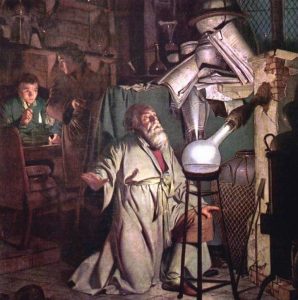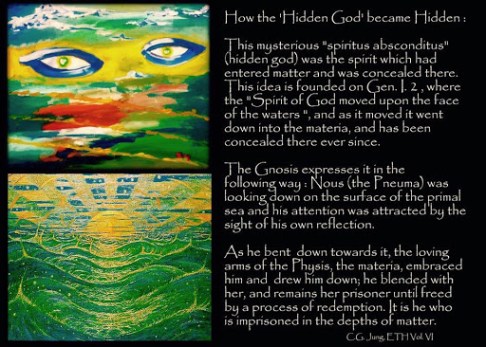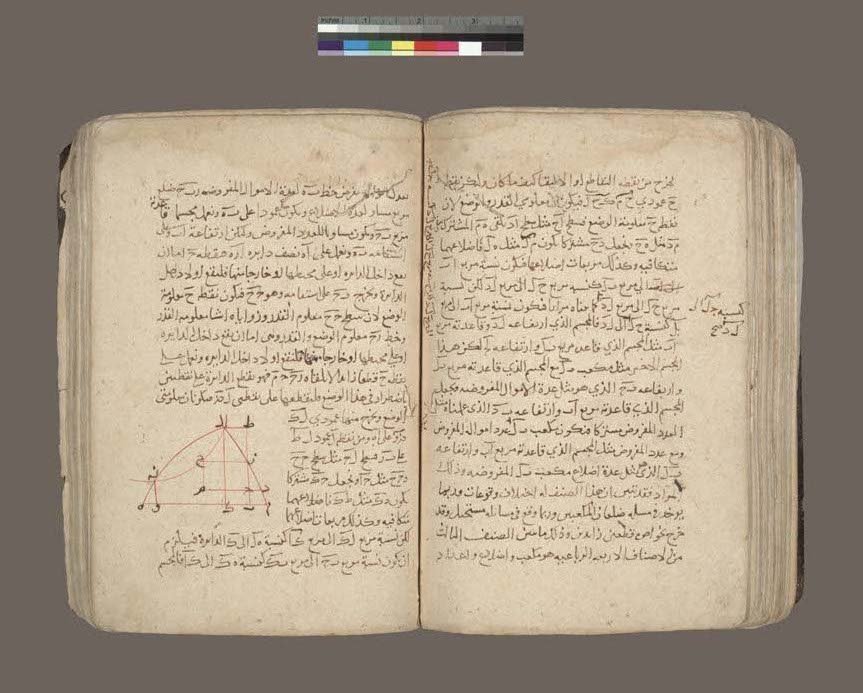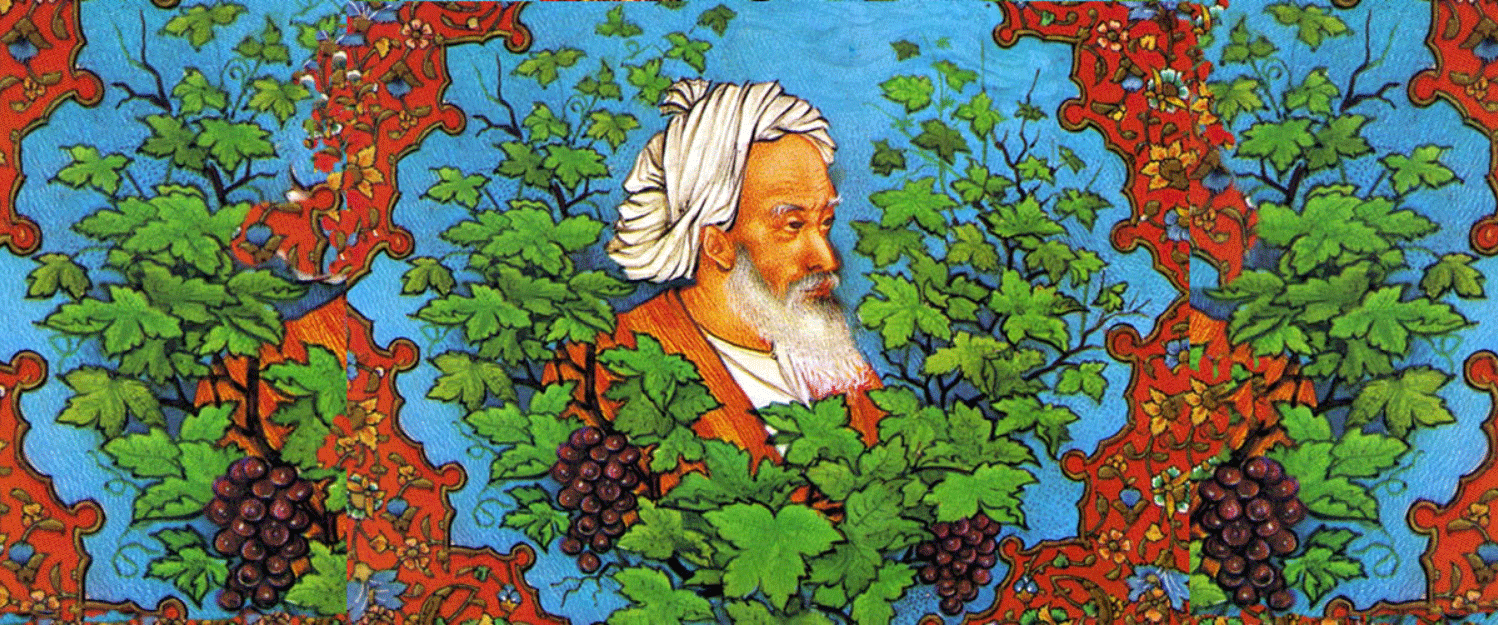Richard Moore : A Field Model of Mind
a speculative inquiry into the nature of consciousness

Materialism and consciousness
At the very core of mainstream science is the assumption that the universe is entirely materialistic. Consciousness emerges as a function of the electrial activity of a brain, when a brain evolves to a sufficient level of complexity. There is no meaning or purpose to life, apart from the imaginings of humans and their religions – there is only the more or less random evolution of material configurations. Richard Dawkins is the most vocal and prolific expounder of this materialist perspective, a perspective that mainstream scientists subscribe to without ever thinking to question it.
There is another model of consciousness that says consciousness is not embodied in the brain. Rather our minds exist apart from our brains, and outside the domain of physics. The function of the brain, in this model, is to serve as a kind of interface module, enabling the mind to interact with the five senses and the body. This we can call the metaphysical model of consciousness.
Evidence for the metaphysical model comes in the form of ‘unexplainable’ experiences. An unconscious patient, registering no electrical brain activity at all during a critical operation, reports later that he observed the operation from the ceiling, and is able to describe specific things that happened during the operation. Or someone has a near-death experience, and reports certain kinds of experiences that have also been reported in other near-death cases.
Carl Jung: The Attitude which the Art Demands from its Adepts
It had a soul which lay in the darkness and it was their task to seek it there
Lecture III 16th May, 1941
In the last lecture we began considering the evidence, which is to be found in the writings of the old masters, as to the attitude which the art demands from its adepts.
We will continue this subject today.
The next passage is from the “BOOK OF KRATES, a text which has come to us through the Arabs, but which, judging by its subject matter, certainly dates back to Alexandrian times.
There is a dialogue between an adept and an angel.
Such dialogues are by no means rare in the alchemistic literature, the philosophical content is often depicted in the form of conversations.
There is even a famous classic, the “Turba philosophorum”, which is written in the form of a supposed meeting of all the old Greek philosophers to discuss the secrets of the art.
In our passage from the “Book of Krates” it is an angel who is interviewed by an “artifex” (an artist) , that is, by a philosopher who, we are told, was a “pneumatikos” (a spiritual man).
Continue reading “Carl Jung: The Attitude which the Art Demands from its Adepts”
Eugene Bagashov – Particle Physicist and Philosopher – Citizen Scientist – 9Rese.com
Jordan Peterson – The moment all HELL broke loose
https://youtu.be/ChcUMvo1x_A
Jan Saenredam – The Allegory of the Cave
 The Allegory of the Cave From The Republic of Plato
The Allegory of the Cave From The Republic of Plato
Compare our nature in respect of education and its lack to such an
experience as this. People live under the earth in a cavelike dwelling. Stretching a long way up toward the daylight is its entrance, toward which the entire cave is gathered. The people have been in this dwelling since childhood, shackled by the legs and neck.. Thus they stay in the same place so that there is only one thing for them to look that: whatever they encounter in front of their faces. But because they are shackled, they are unable to turn their heads around.
A fire is behind them, and there is a wall between the fire and the prisoners
Some light, of course, is allowed them, namely from a fire that casts its glow toward them from behind them, being above and at some distance. Between the fire and those who are shackled there runs a walkway at a certain height. Imagine that a low wall has been built the length of the walkway, like the low curtain that puppeteers put up, over which they show their puppets.
The images carried before the fire
So now imagine that all along this low wall people are carrying all sorts of things that reach up higher than the wall: statues and other carvings made of stone or wood and many other artifacts that people have made. As you would expect, some are talking to each other and some are silent.
From the beginning people like this have never managed, whether
on their own or with the help by others, to see anything besides the shadows that are projected on the wall opposite them by the glow of the fire.
Now if they were able to say something about what they saw and to talk it over, do you not think that they would regard that which they saw on the wall as beings?
And now what if this prison also had an echo reverberating off the wall in front of them ? Whenever one of the people walking behind those in chains would make a sound, do you think the prisoners would imagine that the speaker were anyone other than the shadow passing in front of them?
——————————————————————————————–
Artist: Jan Saenredam was born in Zaandam, c. 1565. Orphaned in childhood, he was raised by an uncle, Pieter de Jongh, a bailiff in Assendelft. Though brought up for a life of farm labour and handiwork, he turned to drawing and in time attained some success as a mapmaker. With the help of a local lawyer, he entered the circle of Hendrick Goltzius relatively late in life, in 1589, and worked for short periods with both Goltzius and Jacques de Gheyn II. Saenredam was one of Goltzius’ most important masters and worked closely with him, creating a major body of work. According to both de Bie and Schrevelius, there was some rivalry between each of these masters and Saenredam, who quickly absorbed what they had to offer him. About 1595 Saenredam returned to Assendelft, where he married and where his son Pieter, who later became famous for his paintings of the interiors of churches, was born. He died in Assendelft in 1607.
In Graven Images: The Rise of Professional Printmakers in Antwerp and Haarlem, 1540-1640, ed. Timothy Riggs and Larry Silver (Evanston: Mary and Leigh Block Gallery, Northwestern University, 1993), Riggs describes Saenredam’s “most characteristic engraving style” as “similar to Goltzius’ but more delicate, with silver tones and silky textures,” as exemplified in The Expulsion from Eden after Abraham Bloemaert and The Foolish Virgins (both of which are illustrated in Graven Images and each of which will be found in the pages devoted to Saenredam on our website). Silver, in a chapter on “Goltzius as Evolutionary Reproductive Engraver,” suggests that “the most important engraver after Goltzius was Jan Saenredam. . . . Saenredam began as Goltzius’ apprentice and produced his first engravings in 1589 but he soon left after Goltzius criticism to work with his fellow apprentice de Gheyn in Amsterdam for a couple of years. He then set up his own production shop for prints after Goltzius and other, younger designers, especially Bloemaert. . . . Saenredam followed the Goltzius lead in making prints after similar designers: Polidoro da Caravaggio, Cornelis van Haarlem, and an elaborate variant of his own on Goltzius’ beached whale. Saenredam, too, promoted the Lucas van Leyden revival in his prints. He made engravings in 1600 after two surviving Lucas drawings: Jael and Judith. . . . ” Silver points out that Saenredam’s work after Goltzius (B. 40-103) extended for almost a full decade, and frequently included cycles, particularly allegories of The Four Seasons, The Times of Day [see under Allegories], The Five Senses, The Seven Planets, and even The Three Kinds of Marriage [see under Allegories]. In addition, Saenredam also frequently produced images of mythic deities after Goltzius, sometimes with an emblematic or allegorical message.
The Rubáiyát – Omar Khayyám
This is a page from a manuscript of the Algebra (Maqalah fi al-jabra wa-al muqabalah) of Omar Khayyam (1048-1131). This work is known for its solution of the various cases of the cubic equation by finding the intersections of appropriately chosen conic sections. On this page, Omar is discussing the case “a cube, sides and numbers are equal to squares”, or, in modern notation, x3 + cx + d = bx2. The two conics whose intersection provides the solution are a circle and a hyperbola. In the case illustrated, these curves intersect twice, thus providing two (positive) solutions of the given cubic equation. Khayyam even provides a problem which leads to this case: Divide ten into two parts so that the sum of the squares of the parts together with the quotient of the division of the greater by the smaller be seventy-two. For more details, see pp. 90ff of Daoud Kasir, The Algebra of Omar Khayyam (New York: Teachers College Press, 1931) or pp. 144ff of R. Rashed and B. Vahabzadeh, Omar Khayyam, the Mathematician (New York: Bibliotheca Persica Press, 2000).
This particular manuscript was copied in the thirteenth century in Lahore, India. Among the other fourteen works contained in the volume are two by Sharaf al-Din al-Tusi (1135-1213) on determining vertical heights of objects and a treatise by ibn al-Haytham (965-1039) on the astrolabe.














